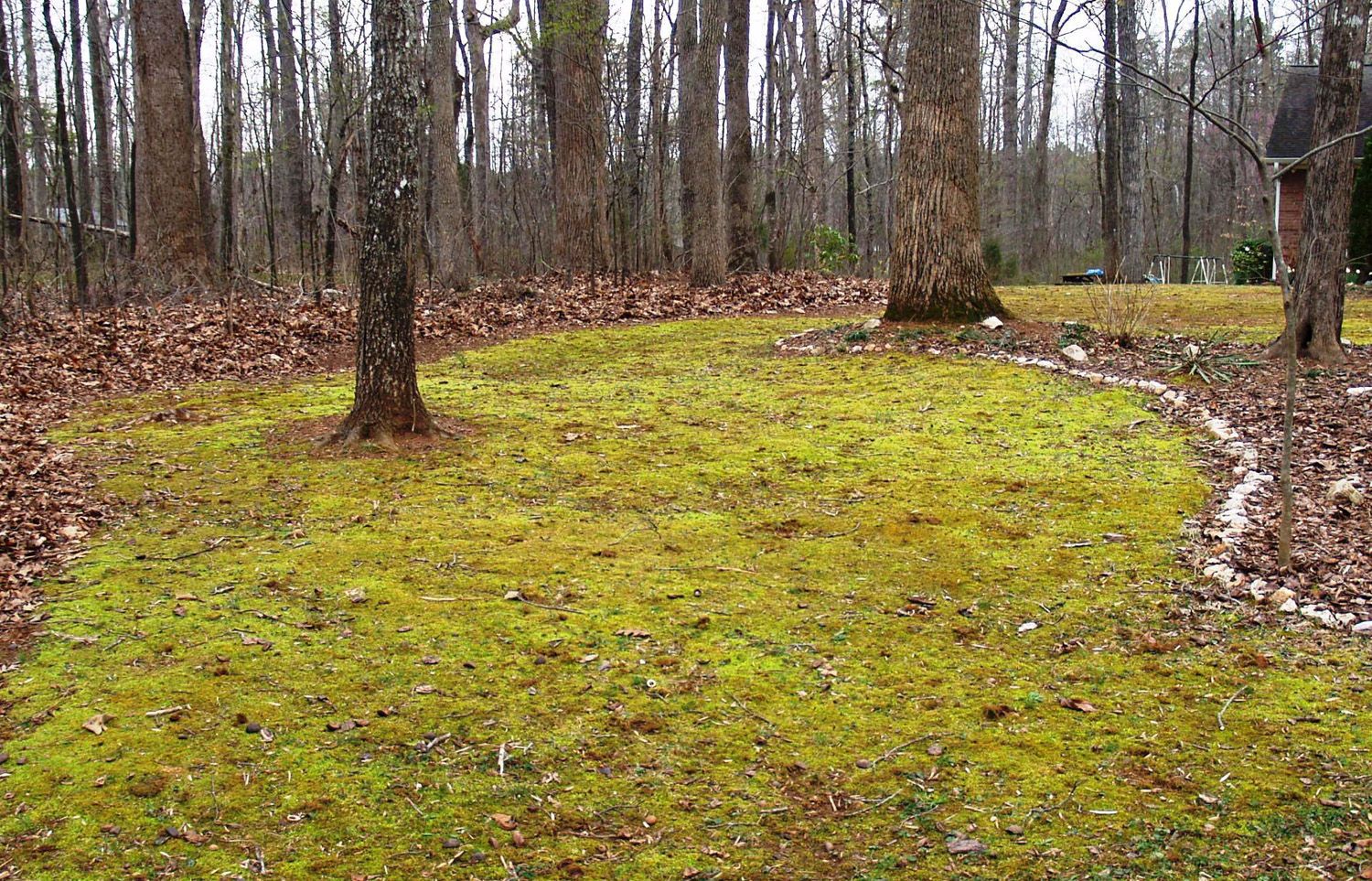Moss, like it or hate it, shows lawn has problems
Published 12:00 am Friday, April 4, 2014
SALISBURY — Because of our cold, wet winter and less-than-vigorous lawns, moss seems to be a common complaint for many. The carpet-like weed is often a symptom of existing cultural problems that occur mainly in cool season fescue lawns. Correcting these problems in the fall before over-seeding and fertilizing may help eliminate it.
Moss grows as a result of conditions such as poor drainage, low light, poor fertility and low pH of the soil. Any one or a combination of all of these conditions is conducive for moss to development. For example, a fertile, well drained soil can have moss in areas of the lawn with low light intensities.
Clay soils drain very slowly, holding excessive amounts of water and creating the perfect medium for moss establishment. Fill in low areas to allow for proper drainage after excessive rains or irrigation.
Low light is another a major culprit of poor turf establishment and excessive moss growth. Poor quality turf occurs in areas with more than 50 percent shade.
Now would be a good time to judiciously prune lower tree limbs to increase light. It may be necessary to replace thinned or bare areas under trees with ground covers if light cannot be increased. Consider incorporating shade tolerant ground covers such as periwinkle, liriope, cast iron plant or pachysandra, which adapts well in areas with deep shade. Mulching natural areas is another design option.
Proper fertility with a correct soil pH will discourage moss growth and development. Soil tests eliminate guessing about the application rates and fertilizer formulations, especially with lime. Soil test kits are available from the Cooperative Extension Service. Homeowners are responsible for sending the samples to the North Carolina Department of Agriculture.
New on the market are organic herbicides that kill moss in lawns. It’s actually an organic soap (not household soap) specifically designed to eliminate the outside cuticle on moss, desiccating the plant. There are also high potassium specialty fertilizer products which claim to reduce moss in lawns.
In most situations, a vigorous, healthy lawn is the best way to prevent the growth of unwanted weeds, including moss. Now is an excellent time to renovate lawns. Those with moss in their lawns should work to eliminate the problems associated with lawns that are thin and weak, rather than treating the symptom.
Physical removal of the moss may be the only solution in renovating an existing lawn. The use of a heavy bow rake is often the only option.
Some homeowners have adapted moss as part of their landscape and enjoy the carpet-like appearance. Moss covered lawns can be quite picturesque and do have merit where grass absolutely will not grow. However, a moss-laden lawn also has problems.
Darrell Blackwelder is the County Extension director with horticulture responsibilities with the North Carolina Cooperative Extension Service in Rowan County. Learn more about Cooperative Extension events and activities by calling 704-216-8970, on Facebook or online at www.rowanextension.com





